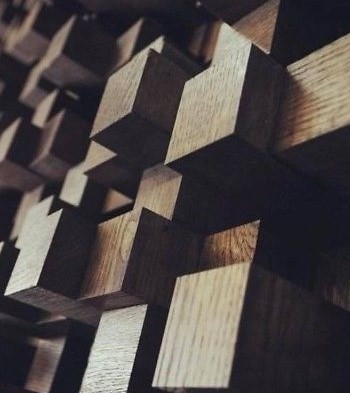To get a room that performs well acoustically, there are several acoustics criteria that generally must be considered. The acoustic criteria are briefly as follows:
Contents
Room Acoustics Design Criteria
1. Liveness
This criterion is related to the subjective perception of room users on the reverberation time of the room. Live rooms are usually associated with long reverberation times, and dead rooms are associated with short reverberation times.
The length of the reverberation time required for a room will, of course, depend on the function of the room. Room for a symphony concert, for example, requires a reverberation time of 1.7 – 2.2 seconds, while for a conversation room it takes between 0.7 – 1 second.
2. Intimacy
This criterion shows the perception of how intimately we hear the sound that is sounded in the room. Objectively, this criterion relates to the time delay (time difference) of the direct sound coming from the initial reflected sound coming to a listener’s position in the room.
The shorter this delay, the more intimate the sound field is heard by the listener. Some studies show the recommended delay time is between 15 – 35 ms. See other articles: how to design a house floor plan.
3. Fullness vs Clarity
This criterion shows the amount of sound reflection (reflection energy) compared to the direct sound energy contained in the sound energy heard by listeners who are in the room. The two criteria are related to each other.
When the ratio of reflected energy to direct sound energy is large, the sound field will sound full. However, if you pass a certain ratio, the clarity of the information carried by the voice will be disturbed. In the case of a room used for musical activities, the C80 criterion shows this. (D50 for speech).
4. Warmth vs Brilliance
Both of these criteria are indicated by the reverberation time spectrum of the room. If the reverberation time of the room at low frequencies is greater than the mid-high frequency, the room will feel warmer.
Higher reverberation times in low-frequency areas are usually more recommended for rooms used for musical activities. For rooms used for speech activities, a flat reverberation time is recommended for low-mid-high frequencies. See other articles: balloon ideas for birthday.
5. Textures
This criterion indicates how many reflections received by the listener in the initial times (< 60 ms) of receiving the sound signal. If there are at least 5 reflections contained in the impulse response at the beginning of 60 ms, then the room is categorized as having a good texture.
6. Blend and Ensemble
The Blend criteria indicate how the listening state is perceived in the listener’s area. If all the sound sources that are sounded in the room are well mixed (and can be enjoyed of course), then the hearing conditions in the room are said to be good. This relates to the criteria for how the sound in the stage area is mixed (ensemble).
For example, if the room is used for a symphony music concert, then the players on the stage must be able to hear (ensemble) and listeners in the listening area must also be able to hear (blend) the entirety (instruments) of the symphony being played.
Check out other designs directly from your cellphone via WhatsApp Channel: https://whatsapp.com/channel/0029VaASACYFXUuYULZWe939.

